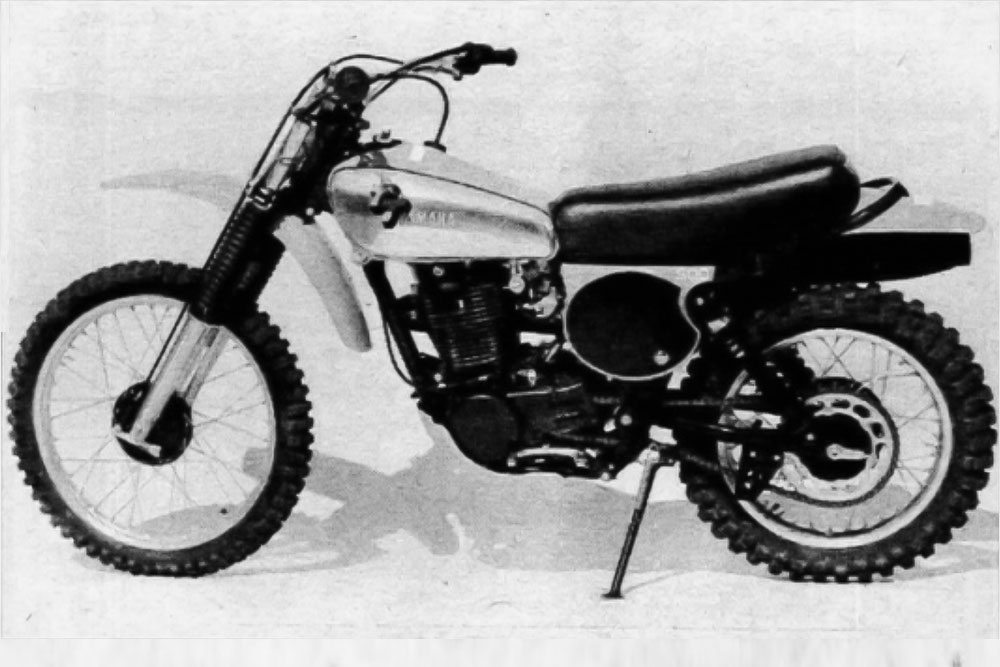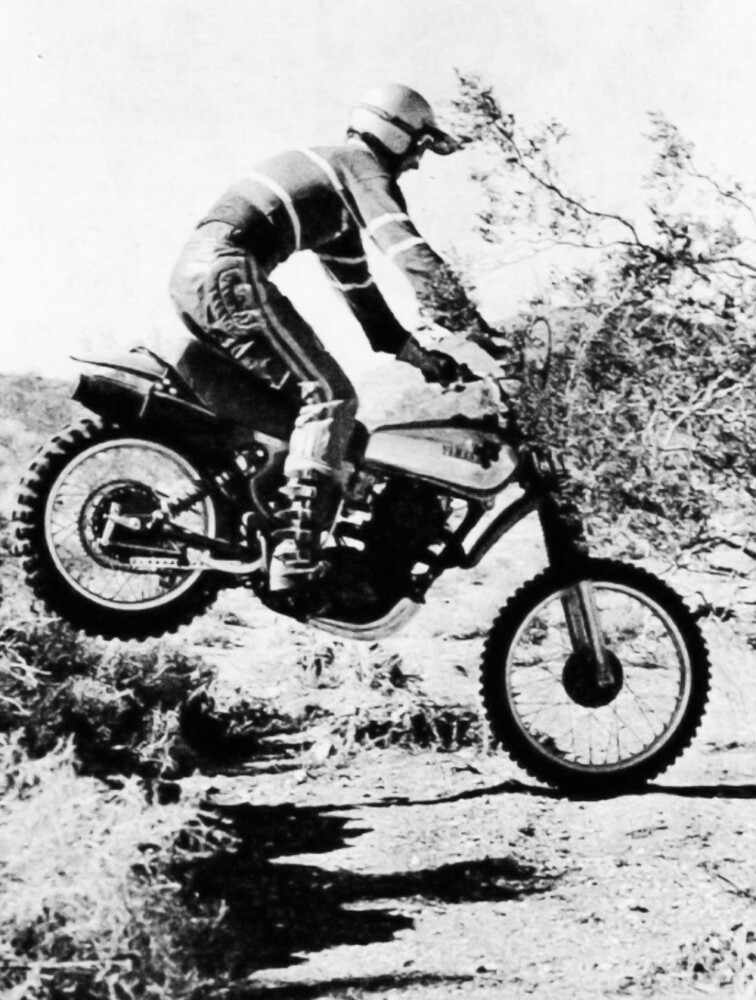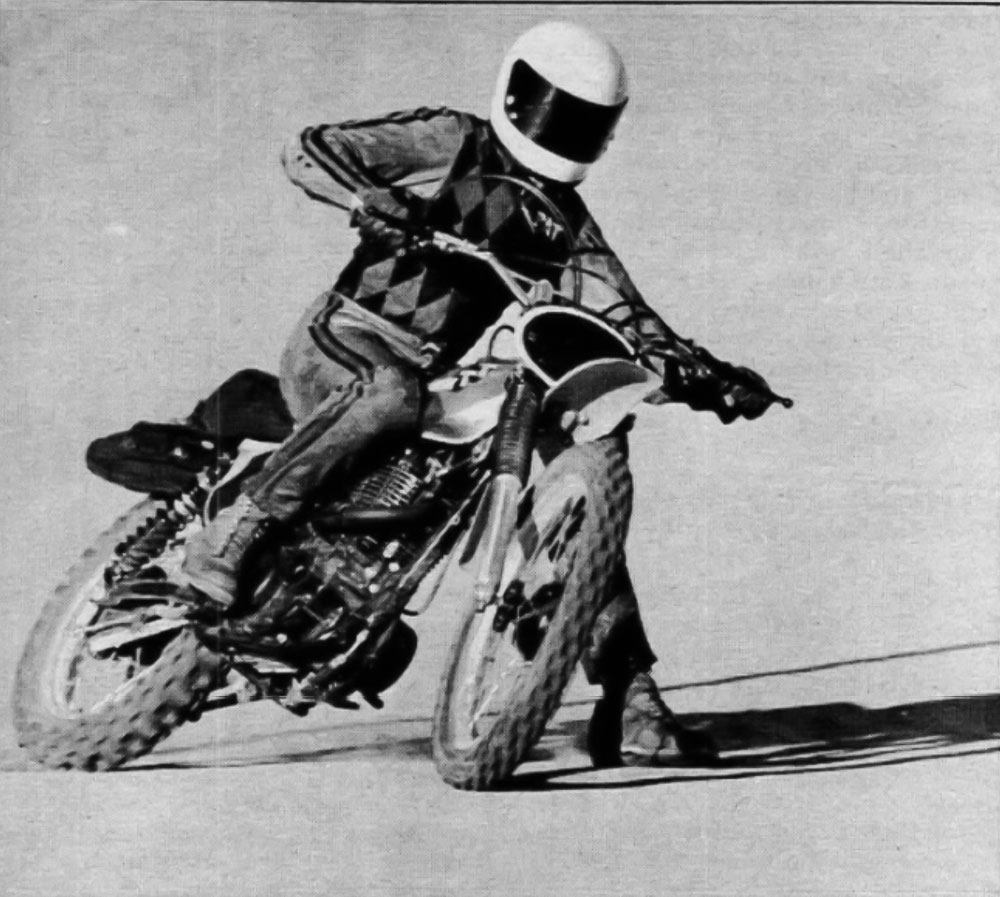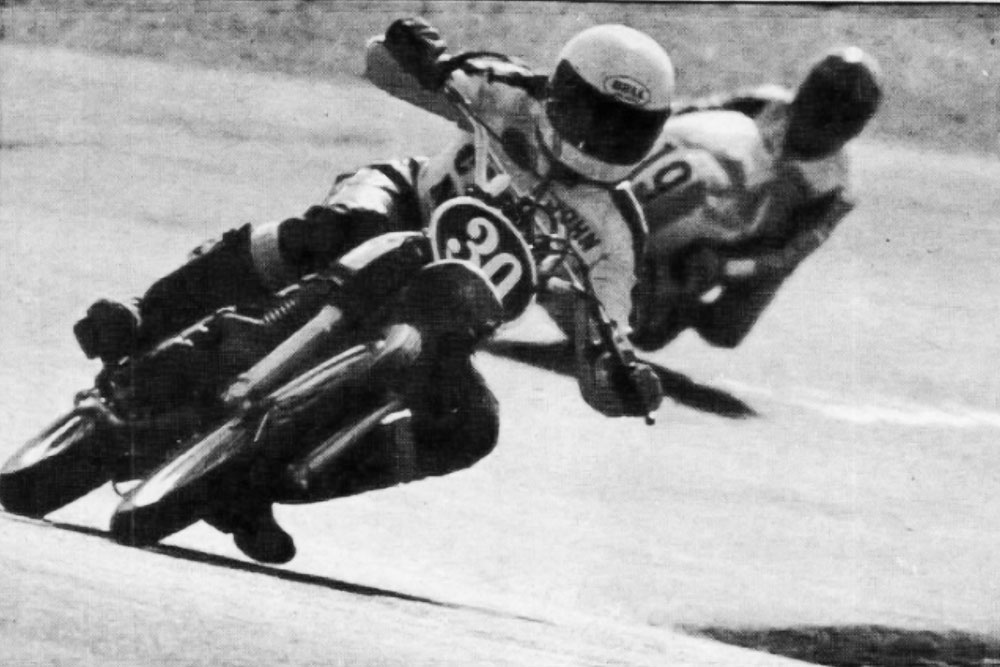Cycle News Archives
COLUMN
Yamaha’s Do-It-All Dancer
By Kent Taylor
In the world of ballroom dancing, there are two roles: the leader and the follower. The leader must have a vision for the dance, and they must believe in that vision with such confidence that they will inspire the followers to submit and allow themselves to be led. It is a partnership, to be sure, yet it is also clear that there must be a separation of power.

The motorcycling industry certainly knows how to boogie! After smoking out the country with two-stroke dirt bikes from the late 1960s into the mid-’70s, Yamaha changed the music and brought back the big four-stroke 500cc single in three variations. There was a street-only SR 500, along with the dual-purpose XT 500 and the off-road-only version, dubbed the TT 500.
Give us two-strokes and we will buy them: lightweight, cheap and a snappy powerband. But a four-stroke off-road bike? The beat has now changed, and the rhythm is very different. Are we sure we want to follow? In February 1977, Cycle News took the TT model for a spin on the dance floor.

At first blush, the TT 500 appeared to be something of a wallflower. It was too heavy to be a motocross racer. It wasn’t properly equipped for enduro competition. Without lights and a horn, it didn’t meet the requirements to be street legal.
It seemed to be a motorcycle without any designated purpose, making it wide open for almost everything!
“The most advanced mass production 500c four-stroke single ever seen,” the CN testers gushed, the big single was proving to be well-suited for motorcycling of all disciplines. Rick Hocking had ridden a TT 500 to victory in the Houston Astrodome TT in 1976. In 1977, Swedish motocrosser Bengt Aberg rode a heavily modified TT 500 to a moto victory at the Luxembourg 500cc Grand Prix. Throughout California, local riders were having success in everything from desert competition to road racing with the Yamaha TT 500.
But it wasn’t the bike’s racing skills that were winning over the staff. According to the test, there was something even better than the big single’s versatility in competition.

“Fun…(is) a word easily forgotten in the tricked-to-tears, ultra-serious specialized racing that has developed in so many parts of the United States,” lamented the CN staffers’ report. The test crew then proceed to shake their fists at bikes with narrow powerbands and pipey engines. These bikes made riding a chore, while the Yamaha was deemed “a super play bike.”
As the company’s own advertisement had once boasted, the Yamaha was “a better machine.” The SOHC 499cc motor pulled steadily, regardless of gear selection. “Listen,” the testers wrote. “Is the engine running? If so, you’re on the powerband.”
Weighing in at 271 pounds (dry), the Yamaha was anything but slender, yet the big bike moved deftly and was well-suspended at each end. Far from being a hindrance, the staff concluded that the extra weight helped the rider carry momentum, which “can keep you going straight, while smaller, lighter bikes are bouncing back and forth like ping-pong balls.”
The test crew gave the bike a good workout! Photos show the bike sliding on the dirt track and bounding through the brush in the desert. One staffer even took the TT road racing, where “the stock TT 500 made a better road racer than anyone would’ve guessed.” The TT lost out on the fast straights at Willow Springs but made up for it in the corners, thanks to its ample ground clearance and predictable handling.
Yamaha borrowed some old-school technology with their design of the XT, TT and SR (street version) singles. The frame’s front downtube served as an oil reservoir, making practical use of the empty space. The Yamaha was kickstart only like the BSA Goldstar and other big singles before it. Kicking a 500cc single to life can be a job fit for a lumberjack, but Yamaha made the process friendly even for pencil-pushing cubicle dwellers. Thanks to the bike’s compression release, the rider could easily bring the piston to top-dead center. A quick glance into the spiffy window by the cam would give you a view of the engine internals, and with a little choke and a lot of kick, the TT would come to life. Easy peasy!

It was that same BSA Goldstar that seemed to be living on in the new Yamaha single. Also praised for its versatility, the famous British single had left BSA’s lineup in 1963 (before BSA’s entire lineup would disappear 10 years later). For years, motorcycle magazine staffers had whined and pined for the rebirth of a big, do-it-all single. Yamaha responded. The large displacement four-stroke single had returned to the dance floor, and it didn’t matter if you were waltzing, mincing or doing the foxtrot; Yamaha’s TT 500 was everybody’s favorite dance partner.CN
Click here to read the Archives Column in the Cycle News Digital Edition Magazine.
Subscribe to nearly 50 years of Cycle News Archive issues
